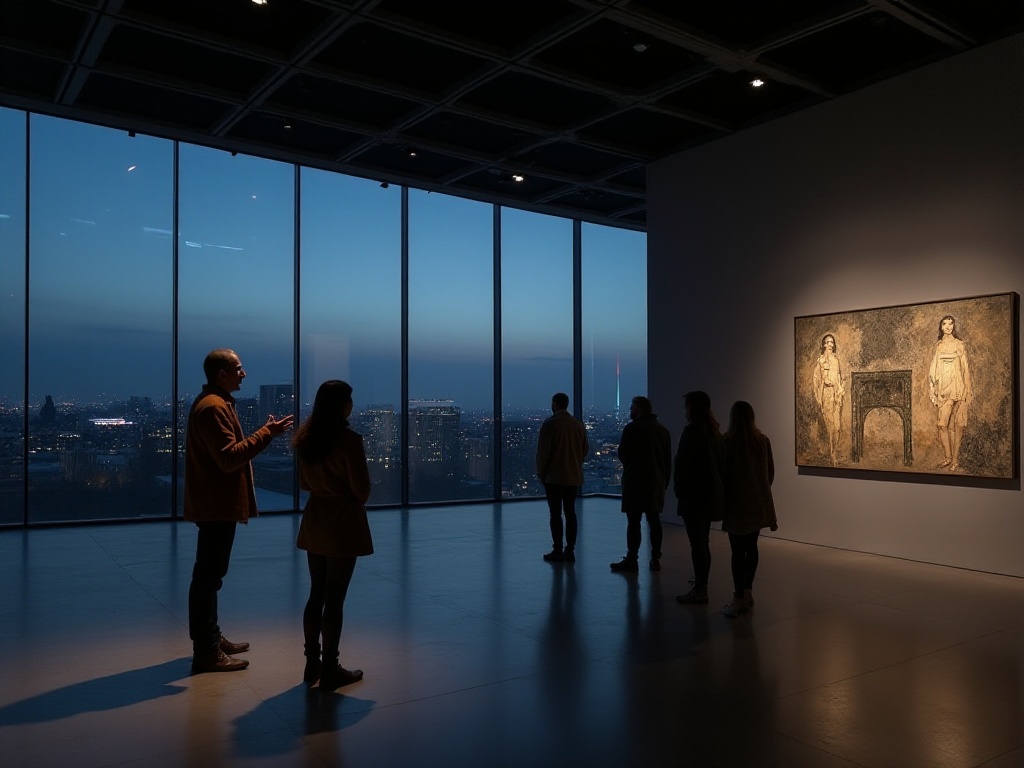
First Encounter with the British Museum
The moment I first stood in front of the British Museum, I could hardly contain my emotions. This museum, established in 1753, is truly magnificent! The towering Greek columns reach towards the sky, and the neoclassical architecture exudes a rich historical atmosphere. The pure white facade gleams in the sunlight, reminiscent of the Acropolis. As a tour guide who has led hundreds of groups, I still find myself in awe of this building's grandeur every time I stand here.
The plaza in front of the museum's main entrance is always bustling with people - tourists taking photos, students sitting on the ground, and street performers entertaining crowds. It has become one of London's most popular public spaces. I remember once meeting an elderly couple from Australia who had flown to London specifically to experience the British Museum.
Stepping through the museum's entrance, you're greeted by the breathtaking Great Court. This modern architectural space, constructed of glass and steel, creates a striking contrast with the museum's ancient exterior walls. Sunlight streams through the glass dome, flooding the entire hall with bright, natural light. Whenever I stand here, I'm reminded of my first visit - feeling both excited and nervous, worried about missing any spectacular exhibits.
Must-See Galleries
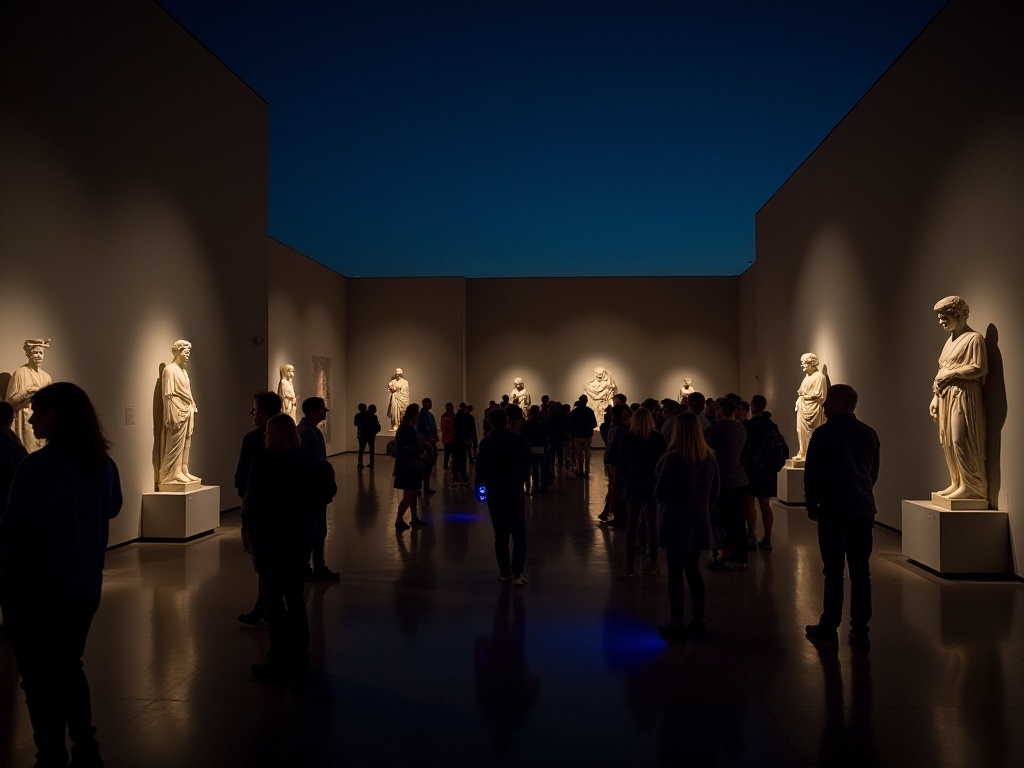
Egyptian Gallery
The Egyptian Gallery is truly captivating. It houses not only the world-famous Rosetta Stone but also an incredible number of ancient Egyptian artifacts. The Rosetta Stone was key to deciphering ancient Egyptian hieroglyphs, with its text inscribed in three different scripts. Every time I stand before the stone, I imagine how Champollion used it to unlock the mysteries of ancient Egyptian writing.
The mummy section is always one of the most popular areas. It displays not only human mummies but also mummified animals. The ancient Egyptians' beliefs about the afterlife led them to develop such sophisticated preservation techniques that we can still clearly see the mummies' facial features thousands of years later.
The colossal statue of Ramesses II is absolutely a crown jewel. This granite statue stands 7.25 meters tall and weighs 7.5 tons - just transporting it was a massive undertaking. Every detail of the statue is meticulously carved, from his crown to the hieroglyphs at his feet, showcasing the glory of ancient Egyptian civilization. I once met an archaeologist who told me he spent three full years studying just the hieroglyphs on this statue.
In the Egyptian Gallery, you can also see numerous everyday items like combs, jewelry, and cosmetics. These exhibits offer glimpses into the daily lives of ancient Egyptians. Interestingly, many of their items are very similar in form to modern objects. Their combs, for instance, apart from the materials used, are almost identical to modern ones.

Greek Gallery
The Parthenon sculptures in the Greek Gallery are absolute must-see masterpieces. These precious artifacts from the Acropolis of Athens represent the highest achievements of ancient Greek art. The sculptures are incredibly lifelike, with every fold of clothing and muscle contour revealing extraordinary craftsmanship.
The Marbles of Lord Elgin, also known as the "Elgin Marbles," are the Greek Gallery's most important collection. These sculptures originally decorated the exterior walls and pediments of the Parthenon, depicting mythological stories such as the birth of Athena and the battle between gods and giants. Despite over two thousand years of weathering, the sculptural details remain clearly visible.
The Caryatid porch's maiden statues are another must-see exhibit. These elegant female statues originally served as columns for the Erechtheion temple, supporting the temple's entablature on their heads with graceful poses and flowing forms. Each statue has a slightly different expression and unique drapery folds, demonstrating the extraordinary sculpting skills of ancient Greek artisans.
Asian Gallery
The Asian Gallery houses numerous precious artifacts from the East, with Chinese artifacts comprising a significant portion. The bronze vessels from the Shang and Zhou dynasties are breathtaking, featuring beautiful shapes and intricate patterns. Each bronze piece is engraved with exquisite designs, some depicting hunting scenes, others showing ritual ceremonies, and some featuring mysterious totemic symbols.
The Han Dynasty figurines portray scenes of life from two thousand years ago. These figurines come in various forms - mounted warriors, musicians playing instruments, cooks preparing food, and even dancers. Through these figurines, we can clearly see different aspects of Han Dynasty society.
Buddhist art is another important theme in the Asian Gallery. Buddhist statues from China, Japan, Korea, and other regions showcase the unique charm of Eastern art. The reproductions of Dunhuang murals are particularly eye-catching, with vibrant colors and delicate brushwork that make visitors feel as if they're standing in the Mogao Caves from a thousand years ago.
Visiting Tips
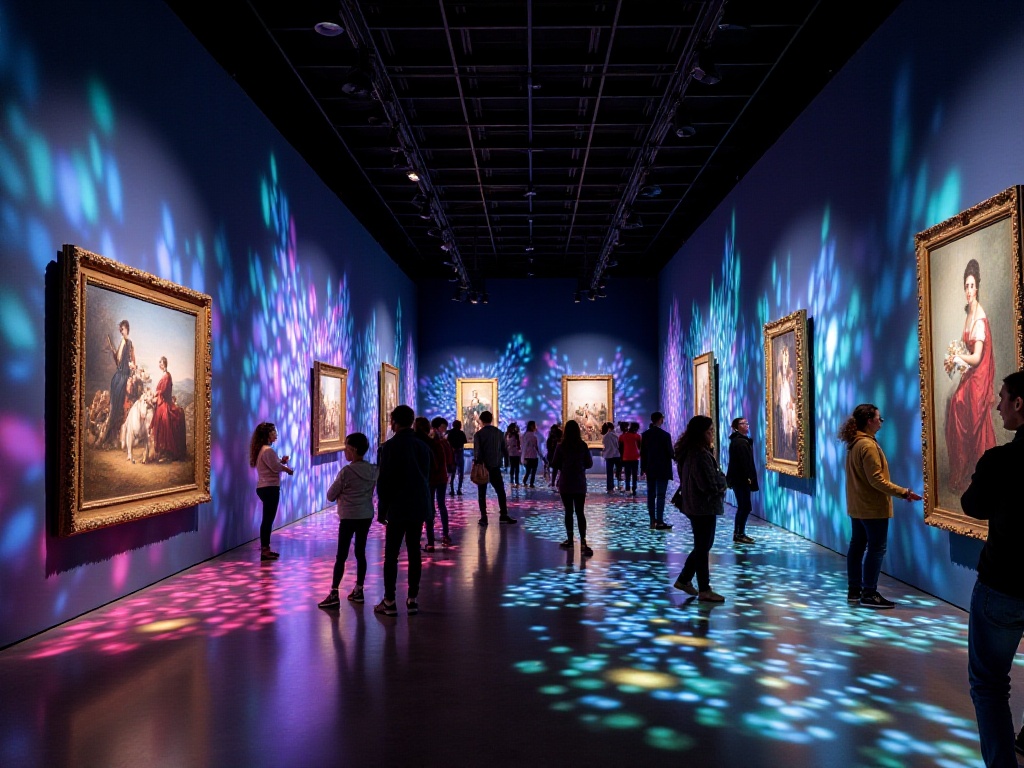
Time Management
Proper time management is crucial for truly appreciating the British Museum. Based on my years of experience leading tours, I recommend allocating at least 6 hours for your visit. If possible, it's best to spread your visit across two days to avoid aesthetic fatigue from taking in too much information at once.
The best time to visit is between 10 AM and 3 PM from Tuesday to Thursday. During these hours, there are relatively fewer visitors, allowing you to appreciate each exhibit at your leisure. If you arrive at opening time, you can even enjoy some rare quiet moments. I often lead tours through the Egyptian Gallery during the first hour after opening when it's almost empty.
Visitor numbers surge on weekends and holidays, sometimes requiring queuing to enter popular galleries. If you can only visit during these times, I recommend arriving half an hour before opening. Use the queuing time to study the gallery map and plan your route.
Route Planning
A well-planned route can make your visit much more efficient. Starting from the Great Hall, I recommend heading to the Egyptian Gallery first. The Egyptian Gallery is less crowded in the morning, allowing you to quietly appreciate the exquisite artifacts. After the Egyptian Gallery, proceed to the Greek Gallery on the second floor. Midday is perfect for visiting the Greek Gallery, as natural light through the glass dome enhances your appreciation of the beautiful sculptures.
Visit the Asian Gallery in the afternoon when many tour groups have left, allowing you to leisurely appreciate Eastern art pieces. If time permits, you can explore other galleries of interest, such as the Roman Gallery or Medieval Gallery.
Remember to take breaks during your visit. The museum has several rest areas where you can sit down to organize your thoughts or browse through your purchased guidebook. I particularly recommend the café next to the Great Court, where you can rest while enjoying the spectacular view of the entire hall.
Practical Tips
Guide Services
The British Museum offers excellent guide services. Free audio guides are available in 12 languages, including Chinese, with very professional content. When using the audio guide, note that some exhibit commentaries are quite long - it's advisable to find a place to sit and listen, giving your feet a rest too.
If your budget allows, I strongly recommend booking a professional guide. These guides undergo rigorous training and can share not only the historical background of exhibits but also many interesting stories. I know one guide who can bring the story behind each exhibit to life with vivid descriptions.
The museum's mobile app is also very useful. It provides real-time navigation and can recommend visiting routes based on your interests. Each major exhibit comes with detailed text descriptions and audio commentary, and some even have 3D models to view. I particularly like its "favorites" feature, which lets you bookmark interesting exhibits for later reference.
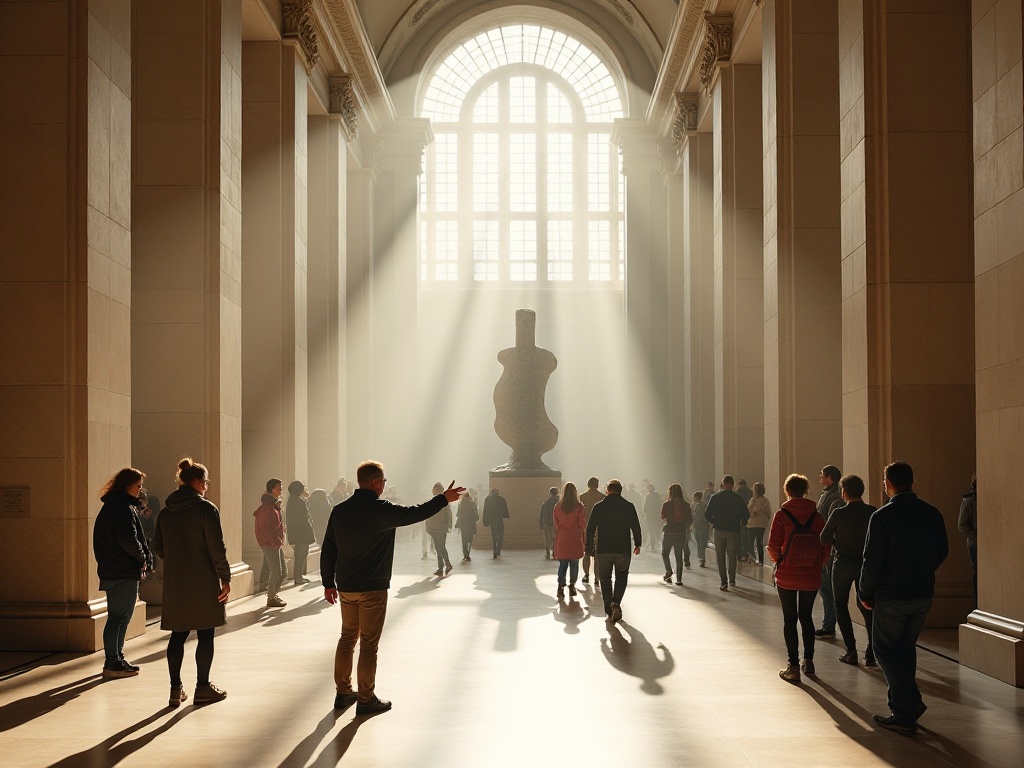
Visiting Recommendations
Comfortable shoes are essential for museum visits. By my count, a complete tour involves walking nearly 10,000 steps. Flat shoes, preferably sneakers, are recommended for comfort. Ladies should carefully consider whether to wear high heels, as the museum's marble floors can be tiring to walk on for extended periods.
Bringing snacks and water is wise. While the museum has restaurants and cafés, they can be quite expensive. A bottle of water might cost £2, and a sandwich £7-8. I usually bring some chocolate or energy bars to replenish energy during breaks.
The museum's rest areas are thoughtfully designed. Besides the well-known courtyard seating, many gallery windowsills are also suitable for sitting. The second-floor rest room is a hidden gem, offering both rest and a view overlooking the entire hall. I love taking short breaks there, watching visitors come and go, absorbing the museum's unique atmosphere.
Special Experiences
Interactive Areas
In recent years, the British Museum has added many interactive experiences. In the Egyptian Gallery, 3D projection technology makes you feel like you're inside a pyramid. The projection shows the pyramid's internal structure, helping you understand how ancient Egyptians built these magnificent structures. I once saw a little boy so fascinated that he kept asking his father how these huge stones were transported.
The children's interactive area is another interesting space. It features many touchable artifact replicas, allowing children to physically experience history. The archaeological excavation experience area is particularly popular, where children can act like real archaeologists, carefully cleaning "artifacts" with small brushes.
Digital interactive devices are also increasing. Through touchscreens, you can rotate exhibits 360 degrees to examine more details. Some exhibits feature augmented reality technology, allowing you to see three-dimensional reconstructions through your phone. I particularly like the Rosetta Stone's interactive installation, which lets you try deciphering ancient Egyptian hieroglyphs.
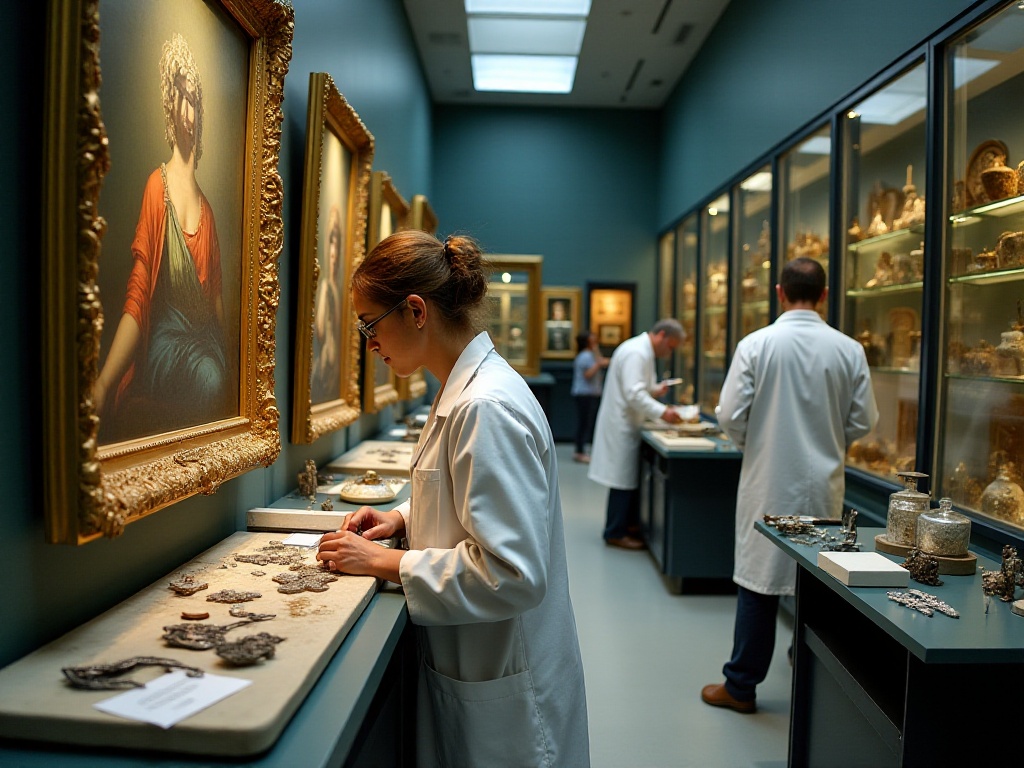
Special Events
The museum frequently hosts various themed events, with "Museum Nights" being the most popular. On these nights, the museum stays open until 10 PM with special lighting effects in the galleries. When I attended last year, they were holding a classical music concert in the Great Hall - the music resonating under the dome created a truly special atmosphere.
Special workshops are often held during holidays. I once participated in a Roman mosaic workshop where the instructor taught us to use traditional tools and materials to create our own works. Though it was just a small piece, the hands-on experience gave me a deeper understanding of ancient Roman art.
Holiday-themed events are also special. During Chinese New Year, the museum hosts cultural experience activities like paper-cutting and calligraphy. During Halloween, they organize "Museum Adventures" where participants search for clues and solve puzzles in dimly lit galleries.
Conclusion
Every time I lead a tour through the British Museum, I discover new surprises. It's not just a treasury of precious collections but a three-dimensional history of human civilization. From Egyptian pyramids to Chinese bronze vessels, from Greek marble statues to Persian reliefs, each exhibit tells a story of human civilization.
Finally, I'd like to share a small piece of advice: don't try to see everything in one visit - it's impossible. Instead, choose a few galleries that interest you most and take your time appreciating them. Sit down in front of an exhibit you like, quietly appreciate it, and let your thoughts flow with time - it's truly wonderful.
I remember once sitting in front of a statue in the Greek Gallery for nearly an hour. As time passed, sunlight through the dome fell on the statue, creating changing shadows that seemed to breathe life into this thousand-year-old artwork. In that moment, I truly felt the eternal charm of art.
What exhibits do you most want to see at the British Museum? Perhaps the Egyptian mummies, Greek sculptures, or Chinese bronze vessels? Whatever it may be, I believe this museum will surely bring you surprises and emotional connections. Feel free to share your thoughts and expectations in the comments section.
Next
Virtual Reality Tour of the Louvre Museum in Paris
In the heart of Paris, where the Seine gently flows and history whispers from every corner, stands the majestic Louvre Museum. For centuries, this architectural marvel has been a beacon of art and culture, drawing millions of visitors each year to marvel at its unparalleled collection. But what if you could step inside this treasure trove of human creativity without leaving your home? Welcome to the future of art appreciation: the virtual reality tour of the Louvre.
Encountering Art at the Louvre: An Art History Expert's Guide to the Museum's Top Three Treasures
Explores diverse museum tour experiences including professional guided visits, private group tours, virtual museum exploration, and customized itineraries, featuring art historian interpretations and curator-led tours for unique museum visiting experiences
Customized Museum Tours: In-depth Sharing and Practical Insights from a Professional Guide
A comprehensive guide to various museum tour experiences, including professional guided visits, customized museum journeys, curator-led themed tours, and virtual museum exhibitions, offering art and culture enthusiasts diverse ways to explore world-renowned museums
Next
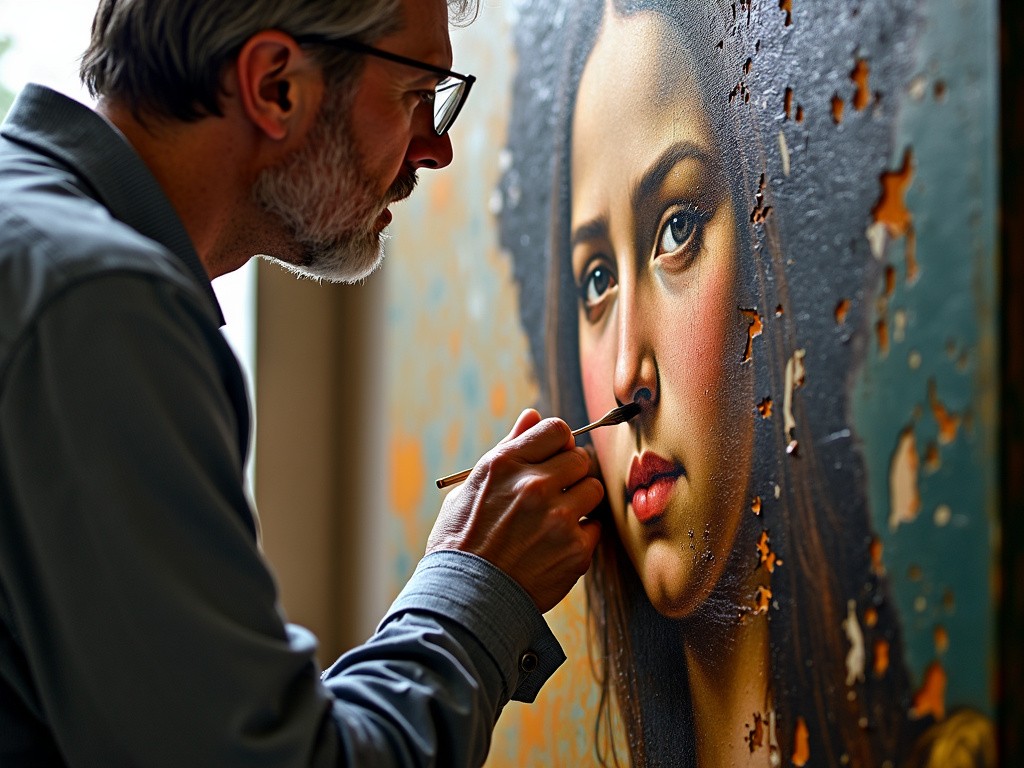
Virtual Reality Tour of the Louvre Museum in Paris
In the heart of Paris, where the Seine gently flows and history whispers from every corner, stands the majestic Louvre Museum. For centuries, this architectural marvel has been a beacon of art and culture, drawing millions of visitors each year to marvel at its unparalleled collection. But what if you could step inside this treasure trove of human creativity without leaving your home? Welcome to the future of art appreciation: the virtual reality tour of the Louvre.
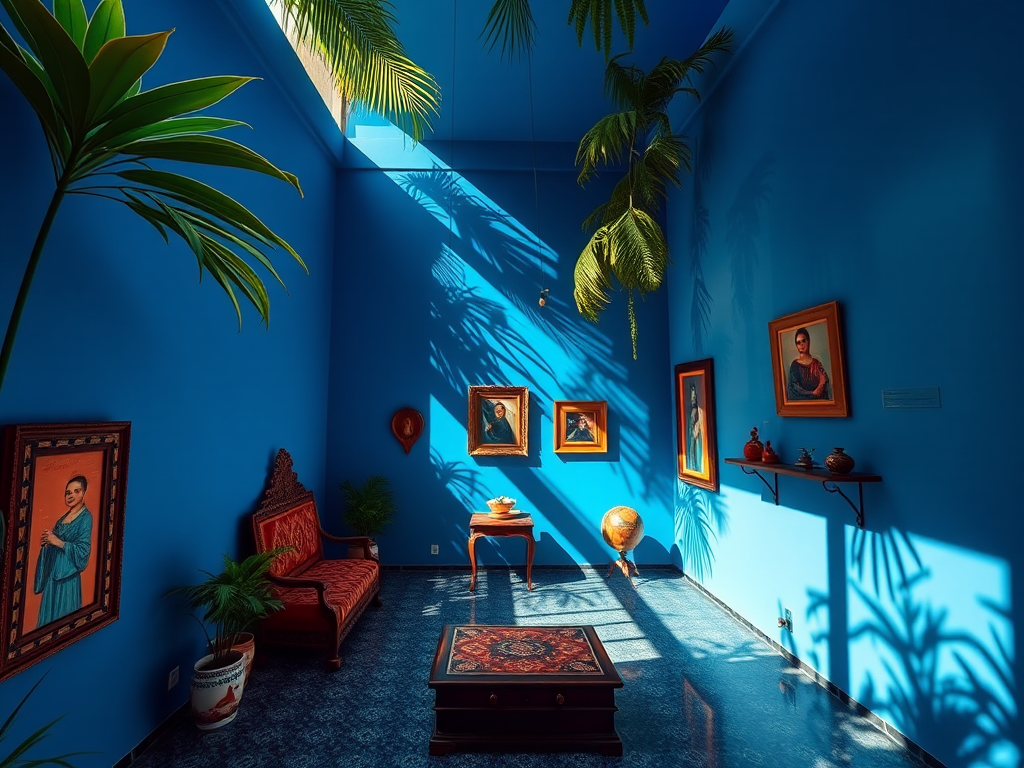
Encountering Art at the Louvre: An Art History Expert's Guide to the Museum's Top Three Treasures
Explores diverse museum tour experiences including professional guided visits, private group tours, virtual museum exploration, and customized itineraries, featuring art historian interpretations and curator-led tours for unique museum visiting experiences

Customized Museum Tours: In-depth Sharing and Practical Insights from a Professional Guide
A comprehensive guide to various museum tour experiences, including professional guided visits, customized museum journeys, curator-led themed tours, and virtual museum exhibitions, offering art and culture enthusiasts diverse ways to explore world-renowned museums


